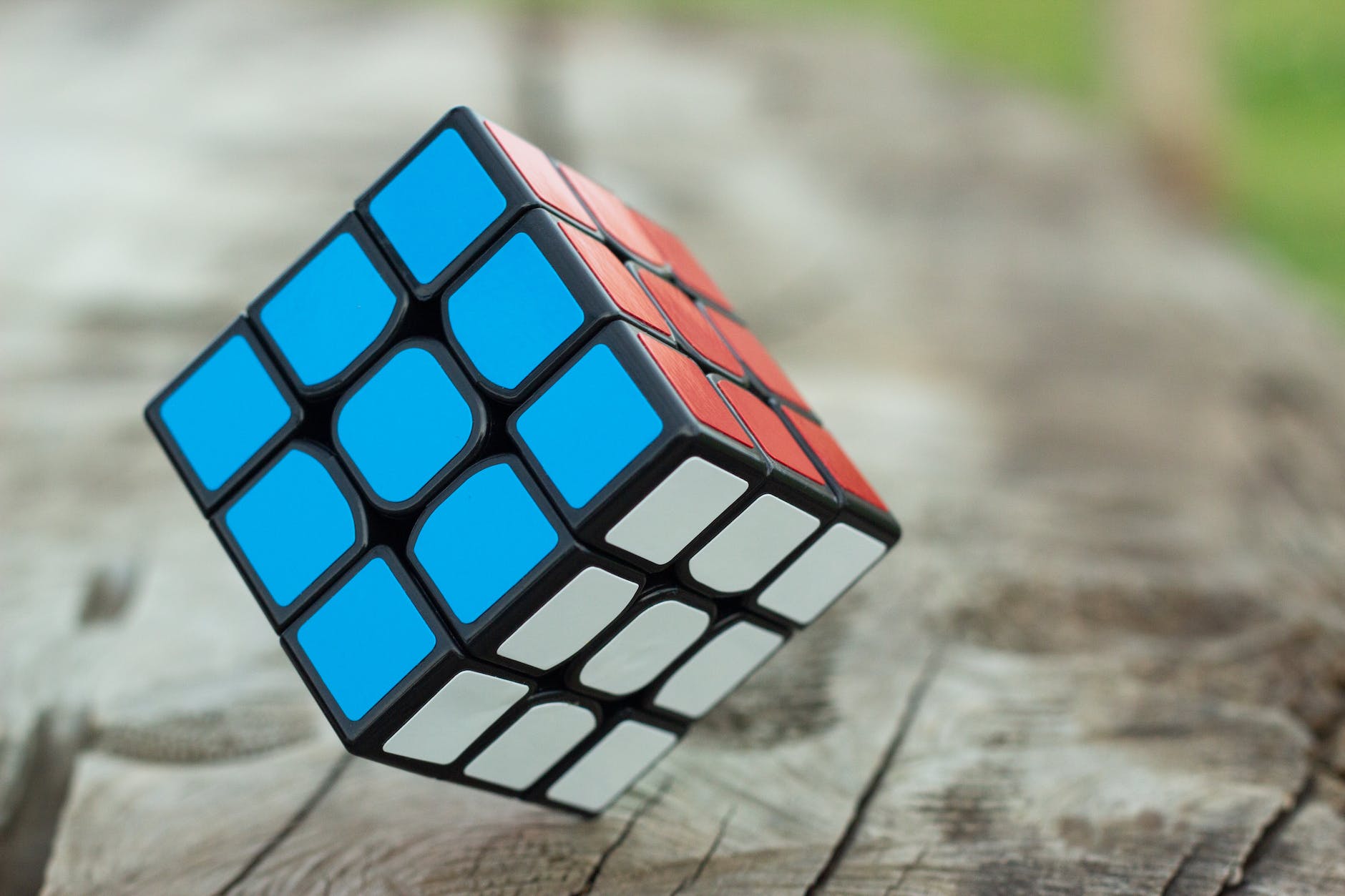Introduction
This paper embarks on an exploration of the nature of time and its relationship to cognition, beginning with an evaluation of the reduction base, the enigmatic ground state of reality that eludes explanation yet possesses the capacity to elucidate the entire spectrum of existence. It unveils the reduction base as “no-thing”, an unbounded wellspring of potentiality, from which the emergence of “some-thing” ignites the fundamental concept of Being, the inception of information, and the application of two-value logic. These concepts intertwine to describe reality as an intricate information system, resonating with Stephen Wolfram’s cellular automata model, guided by Alan Turing’s groundbreaking contributions.
The resulting structure is a hierarchical, fractal network of conscious agents, wherein each level of complexity is unique but isomorphic with the others, much like virtual machines running on a computer. In this intricate web of interconnected conscious agents, we, as parts of reality, are informational subsystems of the at-large information system of reality. We experience time both internally and externally through the ever-constant transduction of information within these systems. This perspective sheds light on the intrinsic link between time, cognition, and the intricate nature of existence, offering profound insights into the mysteries of self, free will, and the fundamental fabric of reality.
The reduction base and the origins of information
The reduction base, or the ground state of reality, is that which cannot be explained but which can explain everything else in existence by means of itself. As such, it must be unconstrained, since any constraint placed on it would require explanation. This means that the ground state must be “no-thing”, as opposed to “nothing”, because “nothing” excludes “something” and that amounts to a constraint. As such, the reduction base must be “no-thing”, or the infinite potential for “some-thing”.
When “some-thing” inevitably arises out of “no-thing”, the concept of Being, information, and two-value logic also come along for the ride. The concept of Being is the fundamental concept, without which no other concept can be cognized, and can be expressed as “existence vs. non-existence”. Similarly, when the first “some-thing” arises, it can be described as the first bit of information, in so far as existence = 1 and non-existence = 0. Finally, two-value logic amounts to the organizing structure of that information, expressed as “existence = 1 = TRUE” and “non-existence = 0 = FALSE”.
As such, reality can be considered an information system that organizes itself following a ruleset (logic) that it recursively applies to itself, thus creating ordered complexity (information) from its ground state of unconstrained potential. This follows Stephen Wolfram’s model of cellular automata (Wolfram, 1983; 2002), based on Alan Turing’s work (Turing, 1952), in which unimaginable complexity can arise from the simplest of initial conditions (such as one bit of information) and a simple ruleset (described with two-value logic).
In order for reality to be intelligible, and it must be intelligible if science and philosophy are to be possible at all, each subsequent level of complexity must be unique up to isomorphism with every other level, including with reality as a whole. As such, the parts of reality must be informational subsystems of a fractal nature within the reality-level informational system. One can view this as similar to virtual machines (VMs) running on a larger computer: all of the machines in question transduce information as information systems, but their computational abilities, capacities, and limitations are unique depending on their “level”. This is also consistent with Donald Hoffman’s model of reality as a network of conscious agents, which can be mathematically shown and described (Hoffman, 2017).
Therefore, we, as parts of reality, are informational subsystems in the manner described above. This context proves vital to understanding time and our experience thereof.
Describing our experience of time
We experience time in both an external and an internal sense, but in neither case do we ever perceive time as a direct object of awareness. Rather, we perceive changes in the state of information, and the experience of a sequential arrow of time results.
For example, we don’t perceive a day, but rather the Sun’s progress across the sky. Our external sense of time arises from perceiving those changes of state of the world around us. Similarly, our internal sense of time arises when we introspect and “observe” the changes in state of mental “objects”. For instance, a thought can evoke an emotion, and we experience the thought and the emotion sequentially, with a felt arrow of time. Once again, we do not directly observe time in this case, but rather have an experience emerging from changes in state of information, be it mental (internal) or what we call physical (external).
Therefore, a conscious agent’s experience of time can be described as an informational subsystem of reality (the agent) observing the changes in state of the information either within its own boundary or beyond the boundary, in the larger informational system of reality, of which it is a part.
Cognition, information transduction, and perception
As such, time is necessarily linked to whatever the process is by which information is transduced within a mind. For a finite conscious agent, that process is typically called cognition.
Cognition refers to the mental processes and activities associated with acquiring, processing, storing, and using information. It encompasses a wide range of activities, including perception, thinking, problem-solving, memory, language, and decision-making, all of which contribute to an individual’s ability to understand and interact with the world (American Psychological Association, 2020).
As a result, we should expect that a given conscious agent’s experience of time should be tied to its cognitive, and thus computational, abilities and limitations. That is, an agent’s capacity for information transduction determines its experience of time. A profound implication of this is explained in greater specificity in a previous essay, “Artifacts Of Perception: How Limits On Computation Produce Entropy, Time, And Space”. The reader is referred to that paper for details of the specific models of this view of entropy. It references the work of Wolfram, Donald Hoffman’s Interface Theory of Perception (Hoffman, 2019), Karl Friston’s work on the Free Energy Principle (Friston, 2010), Gibson’s model of perception (Gibson, 1979), and more.
To briefly summarize the conclusions of that paper, the Second Law of Thermodynamics, and indeed the entirety of the laws of physics that we observe, is determined by our computational/cognitive abilities as conscious agents who transduce information. In this way, time and space are a perceptual interface that translates the vast complexity of the informational system of reality at large into a language that we, as finite informational subsystems, use in order to survive.
Cognition at the level of reality
Recall that the informational subsystems must be isomorphic to the informational system of reality at large in order for reality to be intelligible to those conscious agents (and it must be intelligible). Due to this, the same process of information transduction that occurs within finite minds must also occur at all levels of reality, including the highest level of reality itself.
The concept of cognition can thus be mapped onto all of reality wherever information is changing state through transduction. This means that all levels of reality (all conscious agents) will experience laws of physics and an arrow of time. The specifics of what they experience will depend on their respective computational/cognitive abilities and limitations. In other words, their perceptual interface will be customized to their needs depending on their capacities and limits.
What results is the following analogy at all levels of reality:
Time : Space :: Cognition : Information
where time amounts to cognition at each level of reality, and space is always the representation of information that changes state. In other words, spacetime is what information transduction looks like (“looks” here encompasses any and all sensory modalities possible in reality) to a given conscious agent, and each agent’s spacetime will differ depending on their cognitive/computational capacities and limitations.
Therefore, time is what reality experiences as it transduces information through cognition. It comes along with the emergent complexity that arises as the ruleset is applied recursively to the bits that make up reality’s informational system, beginning with the very first bit, the “some-thing” that came from “no-thing”. Importantly, that “no-thing”, the ground state of reality, is atemporal because it is, by definition, unconstrained. Before there was “some-thing”, the first bit of information, there was no time, because there was “no-thing” that had a perspective with which to experience time.
Of course, our natural and formal languages are deficient for fully describing and understanding this atemporal, non-spatial ground state of reality. We cannot escape the tenses (time) and subject-object (space) structures of, in this case, English. However, we can use logic to get as close a description as possible.
Implications for our understanding of the self and free will
Time is to space as cognition is to information—this analogy is the key to resolving one of the most foundational philosophical and scientific questions, which remains unanswered since ancient times. How and why does the One become many? How does such vast complexity arise from a starting point?
The answer is that, technically speaking, it does not. Our experience of time gives each of us the sense that we are independent selves that are different and separate from one another. We observe each other, but obviously we cannot read each other’s thoughts. There seems to be a boundary between us, and this has always been assumed to be physical; that is, spatio-temporal.
However, under this model of time, we are not separate selves, but rather the same one reality having experiences on different timelines. Physicist Bernard Carr has proposed a model such as this to explain the multiplicity of reality (Carr, 2021; 2022), and in the field of physics, it is the only theory on the table today.
It is the different timelines that give us our sense of self, as well our notion of free will. The typical debates between deterministic and indeterministic view of free will are rendered incoherent. After all, if reality is purely deterministic, you might have will but it will not be free. And if reality is indeterministic and random, then you might be free but you lack the structure to have will.
Thankfully, we can resolve the debate if we instead recognize reality as self-deterministic. We do not each have individual free will as selves, because we are not actually independent selves. Rather, we “inherit” our free will from reality at large, because we are reality at large. Reality is having the experience of being us as individuals, made possible by the different timelines that it experiences on all of its respective levels, depending on each level’s computational/cognitive abilities and limitations. But, ultimately, there is only reality itself; the One does not actually become many.
Bibliography
American Psychological Association. (2020). Cognition. In APA dictionary of psychology.
Carr, B. (2021). Making space and time for consciousness in physics. In Paul Dennison (ed.), Perspectives on Consciousness. New York: Nova Science. pp. 319-350
Carr, B. (2022). How hyper-dimensional spacetime may explain individual identity. Essentia Foundation.
Friston, K. (2010). The free-energy principle: A unified brain theory? Nature Reviews Neuroscience, 11(2), 127-138.
Gibson, J. J. (1979). The ecological approach to visual perception. Houghton Mifflin.
Hoffman, D. D. (2017). Conscious realism and the mind-body problem. *In Advances in Cognitive Research, 61-99.
Hoffman, D. D. (2019). The case against reality: How evolution hid the truth from our eyes. W. W. Norton & Company.
Turing, A. M. (1952). The chemical basis of morphogenesis. Philosophical Transactions of the Royal Society of London. Series B, Biological Sciences, 237(641), 37-72.
Wolfram, S. (1983). Statistical mechanics of cellular automata. Reviews of Modern Physics, 55(3), 601-644.
Wolfram, S. (2002). A New Kind of Science. Wolfram Media.



